Morioka Castle ruins (Morioka City)
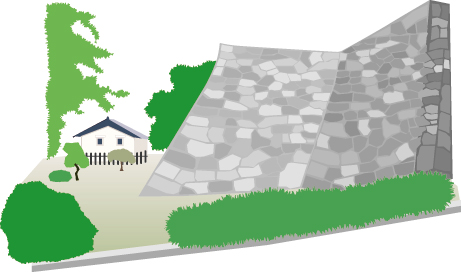
Near the confluence of Kitaoka River, Sakai Ishikawa, and Nakatsu River near the center of Morioka city, there is a ruin of Hirashiro piled up with a beautiful curve of Ishigaki. This is the remains of Morioka Castle, where the former Morioka Nanbu lord was located.
It is said that this Morioka Castle was finally completed over the period of about 30 years in 1633 (1633) of the southern Shigeyoshi period, the southern 28th lord. The alias is also called the Kozuka Castle. The buildings on the stone wall etc. have been completely demolished, but now the beautiful stone wall and the pond remain, and while the historic site remains, the Iwate Park will be popular with the citizens as "Iwate Park" through the four seasons. It is done.
Ishikawa Toshiki and Miyazawa Kenji also love this park and can see many monuments and literary monuments.
Izawa Castle ruins (Oshu City)
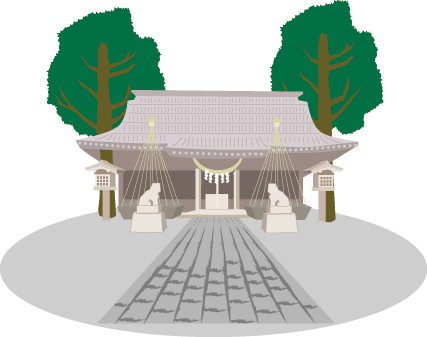
Gionzawa Castle was built by Sakauetamura Maro in 21 en-year (802), and will play a role as a key point in the northern part of the land for over 150 years. As a result of the excavation survey, it became clear that it is a large facility including the government office.
The Oshu City Buried Cultural Property Research Center, which opened in 1993 as a guidance facility for visiting the Giwazawa Castle site, is located near the Giwazawa Castle trace. In addition to displaying exhibits and presenting information on excavations, there is also a quiz corner and a video corner where you can learn the history while enjoying it.
Tendai-ji Temple (Ninohe City)
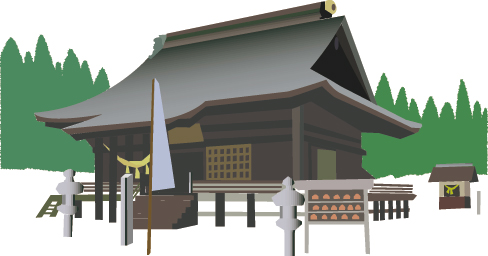
Hachiyozan Tendai-ji Temple, where many people visit the temple every day, was opened as a petition place for Emperor Seitake in Kamikame five years (728), and has since become known as Mt. Hachiba, "Keishun Kannon" or "Oyama" It is called "Kannon", and it collects people's faith.
In 1987, Setouchi-san was appointed as a new resident. There are a lot of Jizo's carved by Ms. Hajime in various places in the precinct forest. There are two statues of Aun (Aun) in the Ninmun Gate. Including the statues of the Kannon and the 11th Kannon which are designated as important cultural properties of the country, the Tendaiji Kannon Temple (main hall) is also a national designated important cultural property, and precious Buddha statues and articles related to Tendaiji are also displayed. It has been.
Golden Hall (Hiraizumi Town)
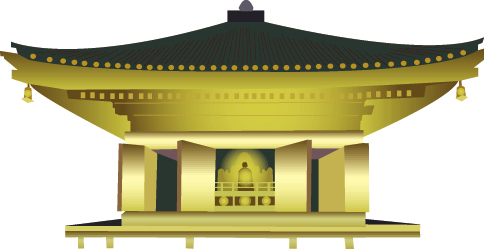
The Aishodo, a treasure-shaped structure, was built in the first year of the Tenji era (1124), with the first Seikenko of Oshu Fujiwara erected over 16 years. Gold and silver beads are sprinkled on the altar and pillars, and the inside and outside with gold foil all represent paradise.
It is said that the end of Heian period art and crafts art is gathered, and the body (Mummy) of Mr. Fujiwara's fourth generation is stored.
Motsu-ji (Hiraizumi-cho)
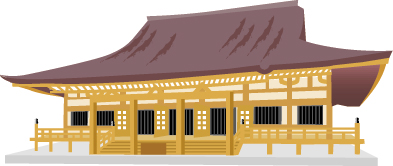
Motsu-ji was held by Jachi Sho 3 years (850). In the late Heian period, Mr. Fujiwara, his second generation, and his third generation, Hiden, built magnificent chars, which were larger than forty towers, five hundred monks, and Chusonji.
After that, the fires at that time were burned down by repeated fires, and now only one mountain and 18 years remain. A peace-style Shinhon-do was erected in commemoration of Fujiwara Hideharu 800 years in 1989.
Currently, the Oizumi is a pond with a "Jodo Garden" centered on a pond and a Heian period mound of archeological site preserved almost completely, and it has become a special scenic spot designated as a national designated special historical site. Once a bridge was built from Namdaemun to Enryuji Temple, the Jodo Garden builds a pond on the entire surface against the backdrop of Mt. Toyama, and islands, stone blocks, etc. are arranged around the pond.
Shohoji (Oshu City)
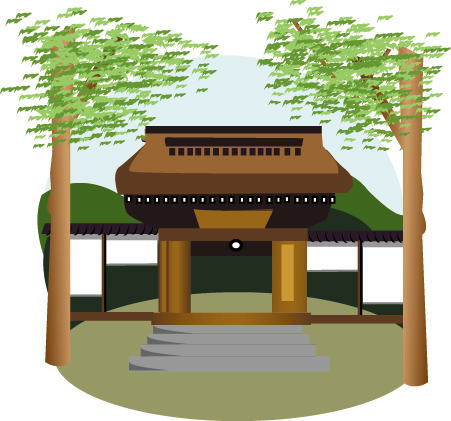
Daimeidenzanzanshoshoji, which is called Oku no Shohoji, was once one of Nippon Shodo Sosanmotoyama, along with Eihei-ji Temple in Fukui and Sojiji Temple in Kanagawa.
The opening base was supposed to be by the Insatoshi Ryoji in 1348 (貞 和 4), and there were about 200 Buddhist monks until the beginning of the Meiji era. The hard work of the monks continues today.
A serpentine stone stairway and the first Japanese-style thatched roof with an area of 720 ps. The main hall, the back of the house, and the Xiamen are designated as important cultural properties of the country, and designated cultural assets of the prefecture such as the "Rose of the Buddha statue", "The image of the Kaishan underside sage teacher" and the "Monk shaped statue (Mitaka)" There are also many.
From ancient times you can see the fan's fan associated with the legend "Seven Wonders of Shohoji", articles such as Bunfuku tea pot, and you can experience the practice of Zazen by applying in advance. You can make a reservation at the rest room "Tsukie-an" in front of the gate and taste the same delicacies as the monks.
Fukusen Temple (Tono City)
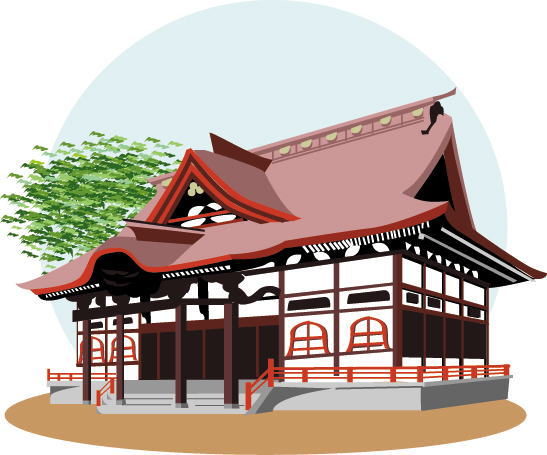
Fukusen-ji Temple in Matsuzaki-cho was opened by the first priest in charge of the 1st year of the Taisho Era (1912). In the temple area where you can enjoy cherry blossoms, azaleas in spring, and wonderful autumn leaves in autumn, there are Shinsoku 33rd Kannon Remembrance Center, New Shikoku 881 places, Wood statue Fukutoku Okannon statue, Tatauro Tower and so on.
In particular, the full-scale gilt-painted Futoku Kannon image is 17 m high, 25 t heavy, 2.4 m long with a face length of 1 m, and the second generation civil servants pray for the memorials of the war dead and world peace. Built. It is said that Japan is the largest woodcarving kannon, and while cleaning fasting repeatedly, it sculpted a 12 year old over 12 year old large pine tree by itself.
Shiwa Inari Shrine (Shinami Town)
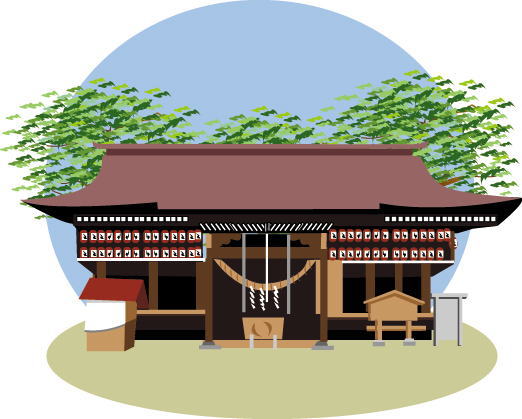
It is held in the foot of the mountain of Owa and there is Shiwa Inari Shrine. Tennoi 5 (1057) Minamoto Yoriyoshi was built when he was appointed to Abe in order to defeat Mr. Abe.
It is reported that the dedication fox of the approach was missing the ears and nose due to the stone throwing of "Shiwa's Water".
